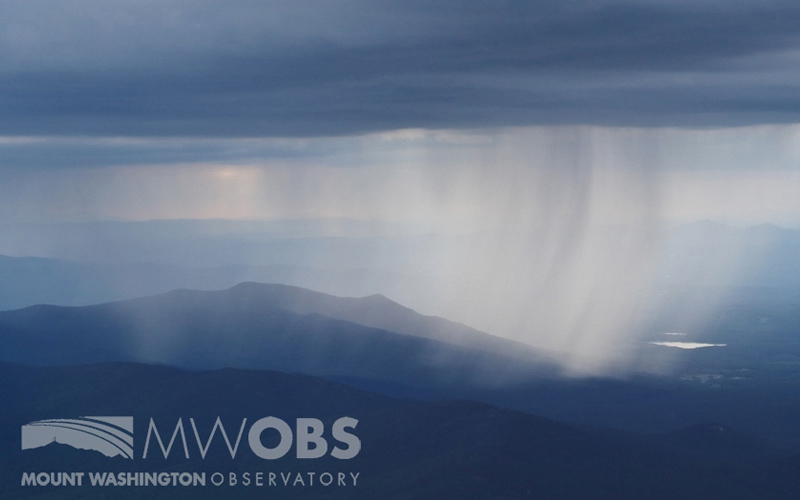Citizen Science Puts Weather Reporting in Your Hands

Ryan Knapp, Weather Observer & Meteorologist
Reflections on my first year at the Mount Washington Observatory
Reflections on my first year at the Mount Washington Observatory 2022-01-11 19:42:18.000 - Jackie Bellefontaine, Weather Observer/Education Specialist Last Thursday marked my first full year at Mount Washington Observatory. I joined the team as a winter intern last year and became a Weather Observer & Education
2021 By The Numbers
2021 By The Numbers 2022-01-05 20:22:40.000 - Ryan Knapp, Weather Observer/Staff Meteorologist 2022 has arrived, so it is a perfect time to look back and summarize the year that was (2021 in this case). If I were to use adjectives to summarize 2021 weather conditions on
Thank You!
Thank You! 2021-12-27 20:18:53.000 - Ryan Knapp, Weather Observer/Staff Meteorologist Thank you to all the secret Santas who sent the summit crew Christmas gifts this year. I say “secret” because this year, the valley staff took inventory of who sent what then wrapped all the gifts
Downbursts! Macro and Micro
Downbursts! Macro and Micro 2020-05-25 16:44:56.000 - AJ Grimes, Weather Observer To complement Ian’s latest presentation on devastating circular winds (tornados), this post will investigate a different type of damaging wind that can be
When Hail Freezes Over
When Hail Freezes Over 2020-05-18 13:14:01.000 - AJ Grimes, Weather Observer To coincide with this week’s Virtual Classroom topic of thunderstorm types, I wanted to explore a type of precipitation that is commonly found
Something’s Abuzz…Lightning Safety!
Something's Abuzz...Lightning Safety! 2020-05-11 14:41:44.000 - AJ Grimes, Weather Observer For this week’s observer post, I wanted to continue the theme of this week’s virtual classroom topic – lightning and lightning safety. This topic

